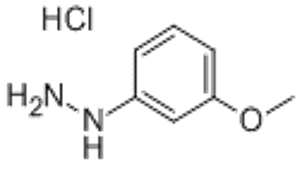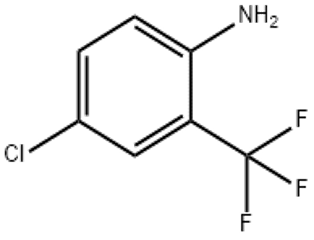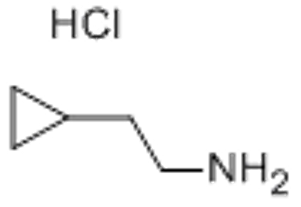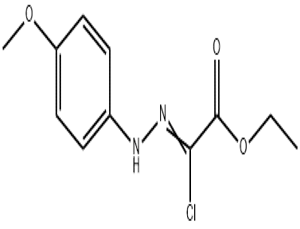3-Methoxyphenylhydrazine hydrochloride(CAS# 39232-91-2)
| Hazard Symbols | Xi – Irritant |
| Risk Codes | R20/21/22 – Harmful by inhalation, in contact with skin and if swallowed. R36/37/38 – Irritating to eyes, respiratory system and skin. R22 – Harmful if swallowed |
| Safety Description | S26 – In case of contact with eyes, rinse immediately with plenty of water and seek medical advice. S36/37/39 – Wear suitable protective clothing, gloves and eye/face protection. S36/37 – Wear suitable protective clothing and gloves. |
| UN IDs | 2811 |
| HS Code | 29280000 |
| Hazard Class | 6.1 |
| Packing Group | III |
Introduction
3-Methoxyphenylhydrazine hydrochloride is an organic compound with the chemical formula C7H10ClN2O. It is a white or slightly yellow crystalline solid.
The main use of this substance is as an intermediate in organic synthesis. It can be used to synthesize biologically active compounds, such as drugs or pesticides. In addition, 3-Methoxyphenylhydrazine hydrochloride can also be used as a synthetic raw material for plant growth regulators or dyes.
The method for preparing 3-Methoxyphenylhydrazine hydrochloride is generally to react 3-methoxyphenylhydrazine with hydrochloric acid. First, 3-methoxyphenylhydrazine is reacted with acetic acid under acidic conditions to give 3-methoxyphenylhydrazine acetate, which is then reacted with hydrochloric acid to give 3-Methoxyphenylhydrazine hydrochloride.
Regarding safety information, 3-Methoxyphenylhydrazine hydrochloride is a toxic substance. Exposure to the substance may cause irritant effects such as eye irritation and skin irritation. Therefore, it is necessary to take appropriate safety measures during handling and use, such as wearing protective gloves, glasses and masks. In addition, avoid contact with strong oxidizing agents to avoid dangerous reactions.








